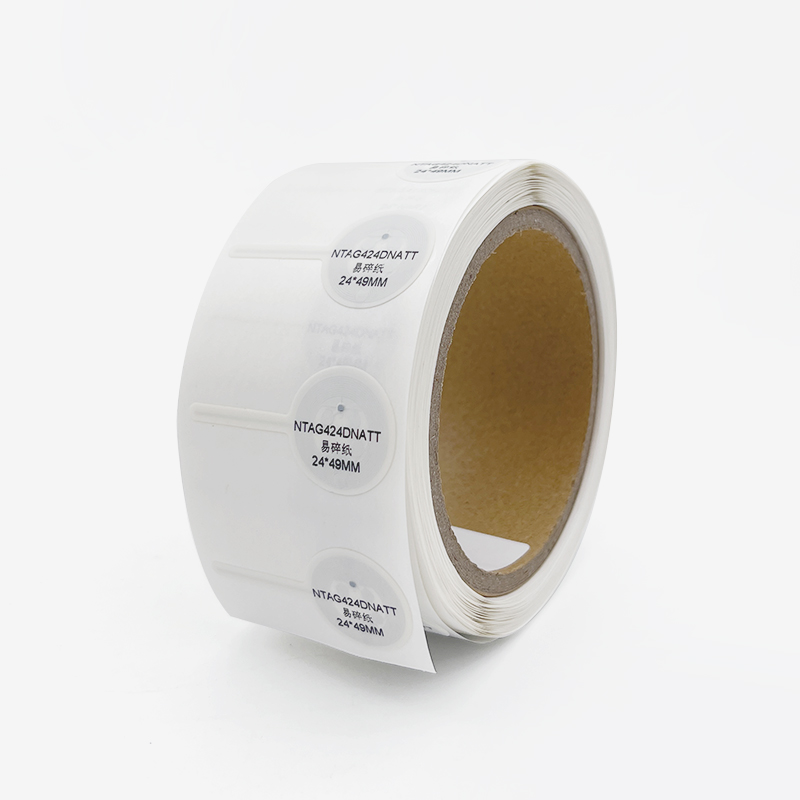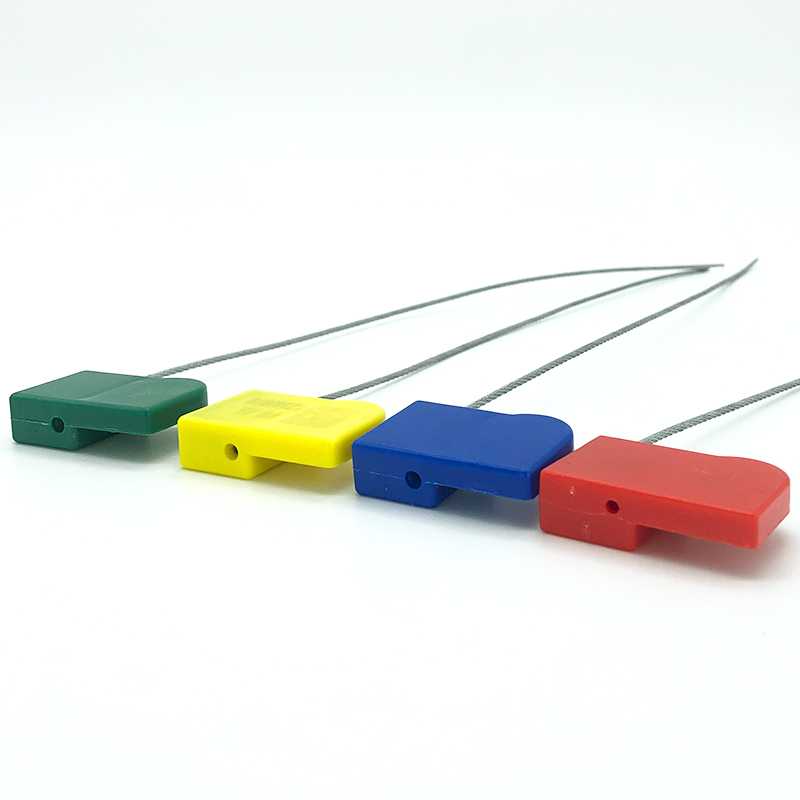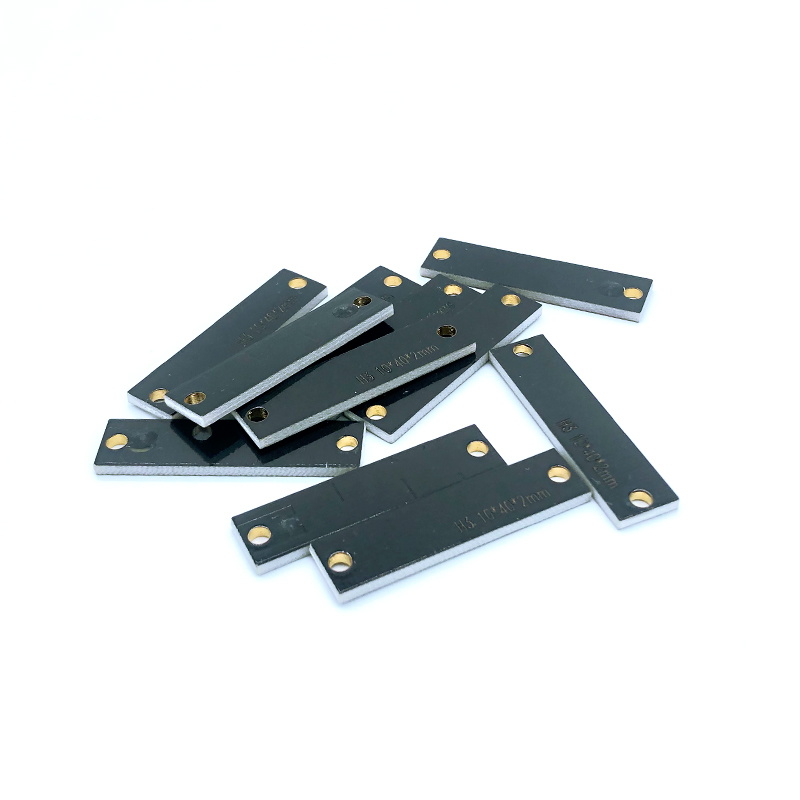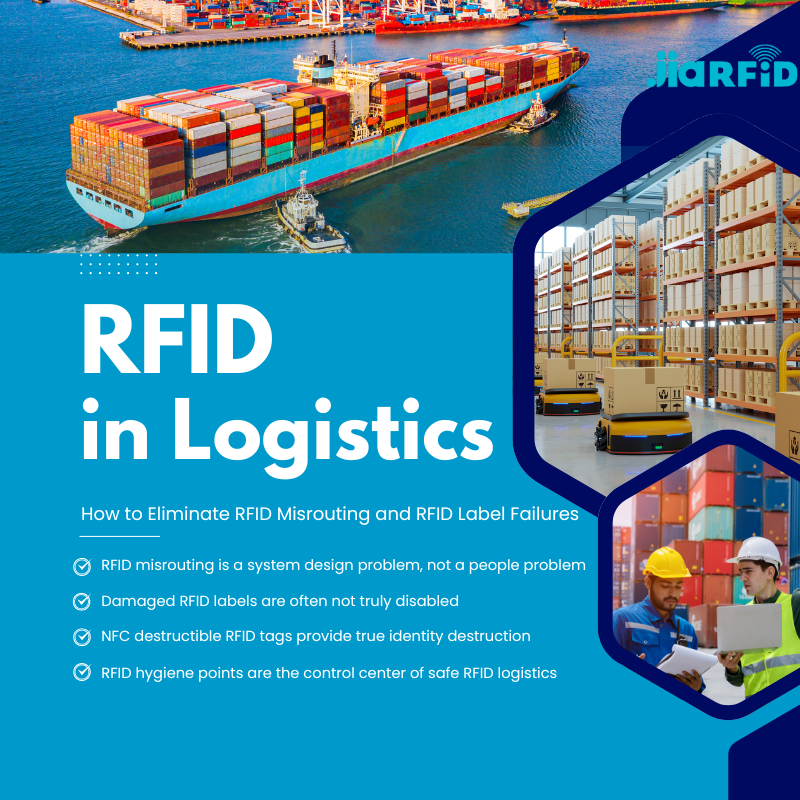
Active vs. Passive RFID Tags: Choosing the Right Tag for Your Needs
Table of Contents
Summary
This article provides a detailed comparison of active and passive RFID tags, helping enterprises select the most appropriate type for their specific requirements.

Overview of RFID Tags
RFID tags are devices used to store and transmit data wirelessly. They are essential components in RFID systems, enabling various applications such as asset tracking, inventory management, and access control. The key difference between active and passive RFID tags lies in their power sources and operational methods.
Active RFID Tags
Working Principle
Active RFID tags are equipped with an internal battery that powers the tag and enables it to broadcast signals actively. This internal power source allows active RFID tags to transmit data over long distances. When the tag detects a reader signal, it activates and sends its information, enabling a reading range that can extend from hundreds to thousands of meters, depending on the tag’s design and environment.

Features
- Extended Reading Distance: Active RFID tags can transmit signals over long distances due to their internal battery. This capability is beneficial for applications requiring wide-area monitoring.
- Large Data Storage: These tags often feature larger memory capacities, allowing them to store extensive data, including historical records and environmental conditions.
- Higher Cost: The inclusion of a battery and complex circuitry makes active RFID tags more expensive than their passive counterparts. Additionally, the battery has a finite lifespan and requires periodic replacement, contributing to ongoing maintenance costs.
- Size: Due to their battery and circuitry, active RFID tags are generally larger, which may not be suitable for applications with stringent size or weight constraints.
Application Scenarios
Active RFID tags are ideal for scenarios where long-distance tracking and monitoring are required. Common applications include:
- Supply Chain Management: Real-time tracking of goods during transportation to ensure transparency and efficiency.
- Fleet Management: Monitoring the location and status of vehicles over large areas.
- Remote Equipment Monitoring: Providing accurate real-time data for maintenance and management of equipment.
Passive RFID Tags
Working Principle
Passive RFID tags operate without an internal power source. Instead, they derive energy from the electromagnetic field generated by an RFID reader. When the reader sends a signal, the tag’s antenna captures this energy and powers the tag’s chip to process and transmit data back to the reader. Due to this reliance on external energy, passive RFID tags have a shorter reading range, typically between a few centimeters to a few meters.
Features
- Cost-Effective: The absence of a battery and simplified circuit design make passive RFID tags significantly less expensive than active tags, making them suitable for large-scale deployments.
- Compact Size: Passive RFID tags are often very small and lightweight, making them ideal for applications where size and weight are critical, such as product packaging.
- Durability: These tags have a long lifespan and do not require battery replacements, which contributes to their low maintenance costs.
- Shorter Read Range: Suitable for close-range identification tasks due to their limited signal transmission distance.
Application Scenarios
Passive RFID tags are commonly used in applications requiring short-range identification and high-volume deployment:
- Inventory Management: Tracking stock levels and managing inventory efficiently.
- Retail Anti-Theft: Preventing theft and managing merchandise with cost-effective solutions.
- Access Control: Regulating entry and exit in secure areas to enhance security.
- Document Tracking: Managing and tracking small assets and documents in various environments.

Selecting the Right RFID Tag
When choosing between active and passive RFID tags, consider the following factors:
1. Reading Distance
Determine if your application requires long-range or short-range reading. Active RFID tags are suitable for long-distance tracking, while passive tags are more appropriate for close-range identification.
2. Cost Considerations
Evaluate your budget and cost constraints. Active RFID tags are more expensive and involve ongoing maintenance costs, whereas passive tags offer a more cost-effective solution for large-scale applications.
3. Application Environment
Consider the environmental conditions where the RFID tags will be used. Metal or liquid environments can interfere with RFID signals, so select tags designed to withstand these conditions if necessary.
4. Data Storage Requirements
Assess the amount of data that needs to be stored and transmitted. Active RFID tags are better suited for applications requiring extensive data storage, while passive tags are designed for basic identification.
Comparison of Active and Passive RFID Tags
Feature | Active RFID Tags | Passive RFID Tags |
Power Source | Internal Battery | No Battery (powered by reader) |
Reading Distance | Hundreds to thousands of meters | A few centimeters to a few meters |
Cost | Higher due to battery and circuitry | Lower due to simpler design |
Size | Generally larger | Generally smaller |
Data Storage | Larger capacity, including historical data | Limited to basic identification information |
Maintenance | Regular battery replacement needed | Minimal maintenance required |
Frequently Asked Questions
1. What is the battery life of active RFID tags?
Battery life typically ranges from 3 to 5 years, depending on usage frequency and environmental conditions.
2. Can passive RFID tags be used in metal or liquid environments?
Passive RFID tags may experience performance issues in such environments. Anti-interference tags, designed specifically for these conditions, can mitigate signal interference and ensure stable performance.
3. Is the reading distance of RFID tags fixed?
Reading distance varies based on factors such as tag type, frequency, reader power, and environmental conditions. Active RFID tags generally offer longer ranges compared to passive tags.
By understanding the distinctions between active and passive RFID tags, enterprises can make informed decisions that align with their specific needs and applications, optimizing both performance and cost-efficiency.
Comments
Hot Products

RFID in Logistics: How to Eliminate RFID Misrouting and RFID Label Failures
RFID in logistics is more than just a tool to speed up processes. It has become a key part of how modern supply chains operate.

What Is RFID Waste Management
Imagine a city where every trash bin speaks — not literally — but through a tiny chip that tells the system when it’s full, when it’s emptied, and where it went. That’s what RFID waste management is doing today.

What are Bolt Seals and their Applications? | Complete Guide
In global trade and logistics, bolt seals play a crucial role in ensuring cargo security and compliance. These small but powerful devices are designed to lock shipping containers, trailers, and cargo doors with a tamper-evident mechanism.

What is an RFID Card Protector? Benefits, Use Cases, and Buying Guide
RFID technology (Radio Frequency Identification) is everywhere: in your credit cards, ID badges, transit passes, hotel room keys, and more. It offers speed and convenience, but it also opens the door to a new kind of digital theft called “skimming.” That’s where an RFID card protector comes in.

RFID Wristbands for Events: Bulk Buying Guide for Organizers
RFID wristbands for events are becoming the go-to solution for organizers who need faster entry, fraud prevention, and cashless payments at concerts, festivals, and sports venues. Unlike paper tickets or QR codes, these smart wristbands use embedded chips to streamline access, secure transactions, and improve the guest experience.

How RFID Tag on Windscreen Improves Vehicle Access Control and Toll Systems
In today’s fast-paced world, vehicle identification needs to be quick, secure, and contactless. An RFID Tag on the Windscreen provides exactly that — a reliable way to manage toll collection, parking, and gated access without stopping vehicles.
Tags
RELATED BLOGS

RFID in Logistics: How to Eliminate RFID Misrouting and RFID Label Failures
RFID in logistics is more than just a tool to speed up processes. It has become a key part of how modern supply chains operate.

What Is RFID Waste Management
Imagine a city where every trash bin speaks — not literally — but through a tiny chip that tells the system when it’s full, when it’s emptied, and where it went. That’s what RFID waste management is doing today.

What are Bolt Seals and their Applications? | Complete Guide
In global trade and logistics, bolt seals play a crucial role in ensuring cargo security and compliance. These small but powerful devices are designed to lock shipping containers, trailers, and cargo doors with a tamper-evident mechanism.




